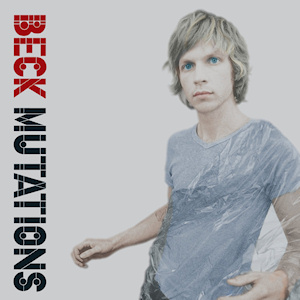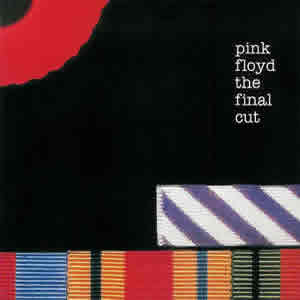Mutations by Beck
Buy Mutations For his sixth studio album, Beck and company decided to move in a decidedly non-commercial direction. The result is the lo-fi, psychedelic-oriented potpourri of Mutations. Released in late 1998, the songs on […]

Buy Mutations For his sixth studio album, Beck and company decided to move in a decidedly non-commercial direction. The result is the lo-fi, psychedelic-oriented potpourri of Mutations. Released in late 1998, the songs on […]

Buy The Final Cut This guest album review is provided by Merry Mercurial, a writer of fiction, essays, reviews, and the “highly subjective” music blog, The Music According to Merry. Pink Floyd’s 12th […]